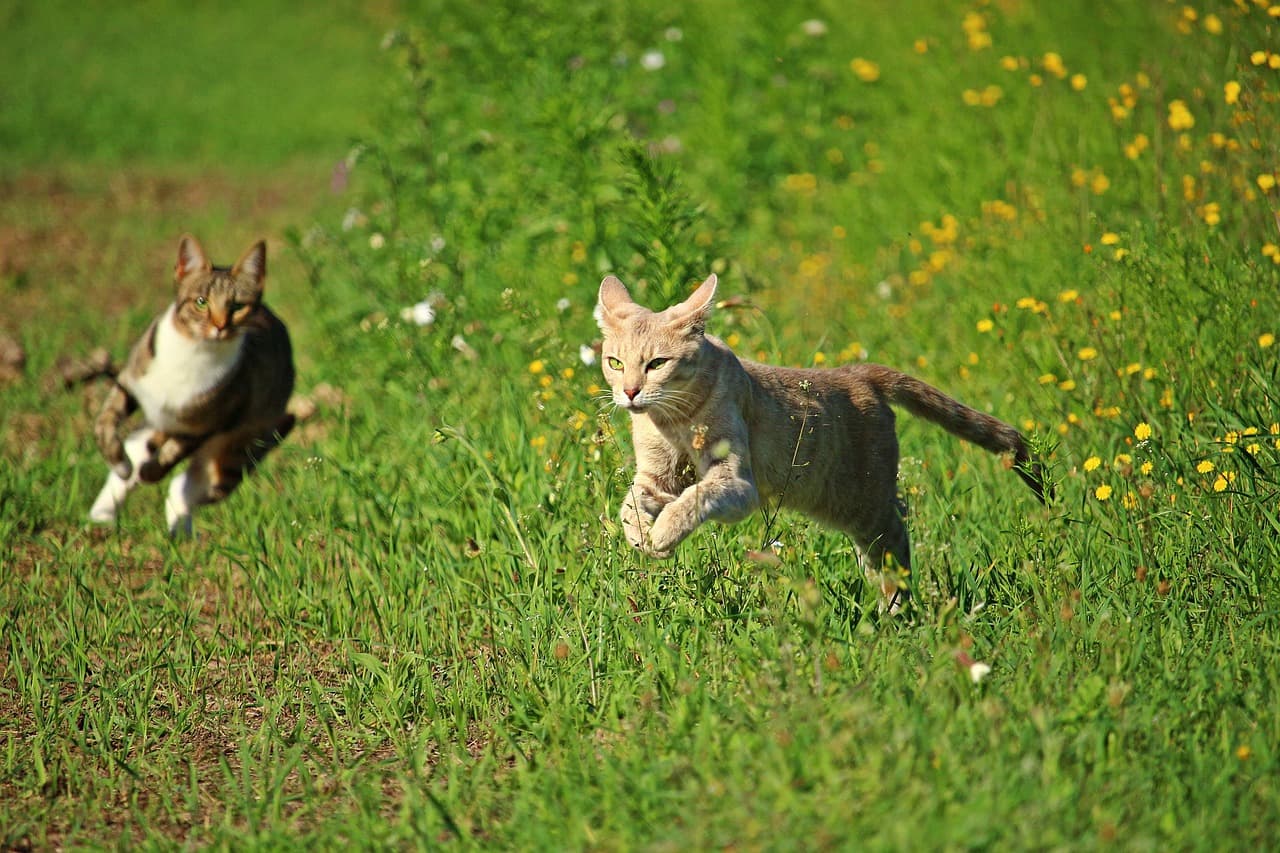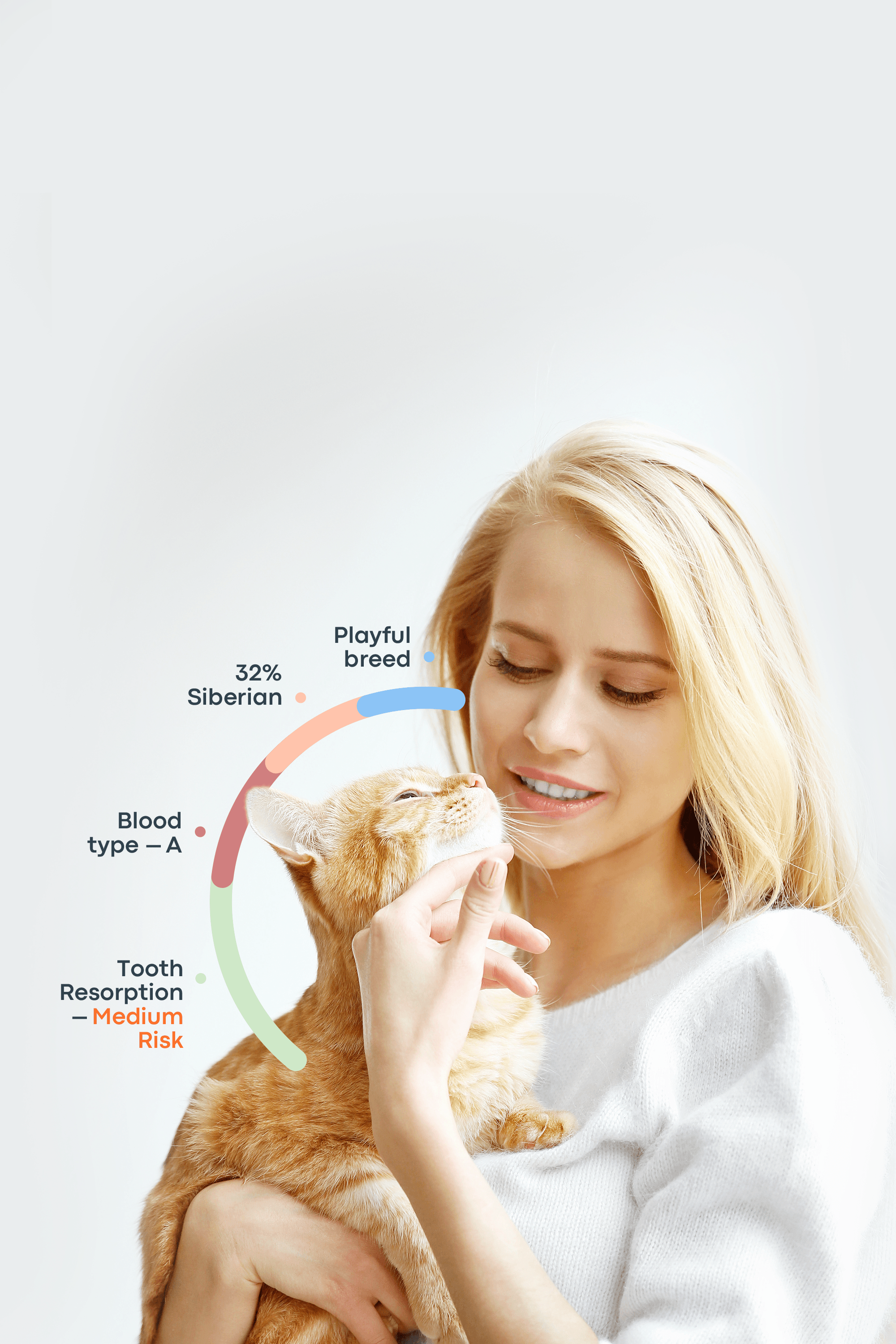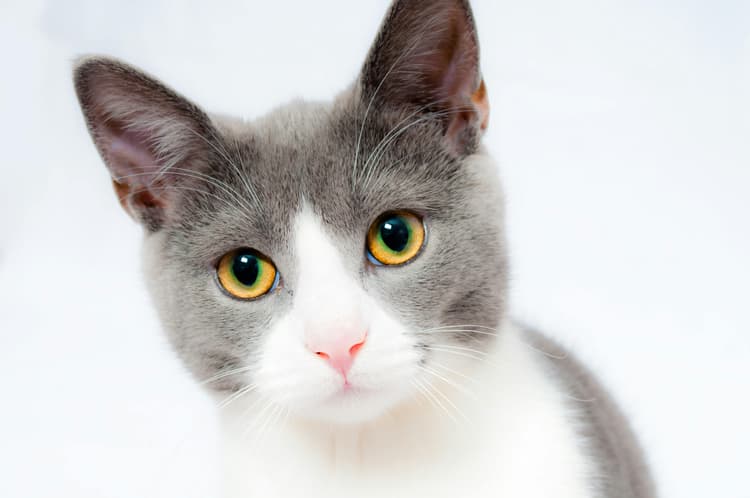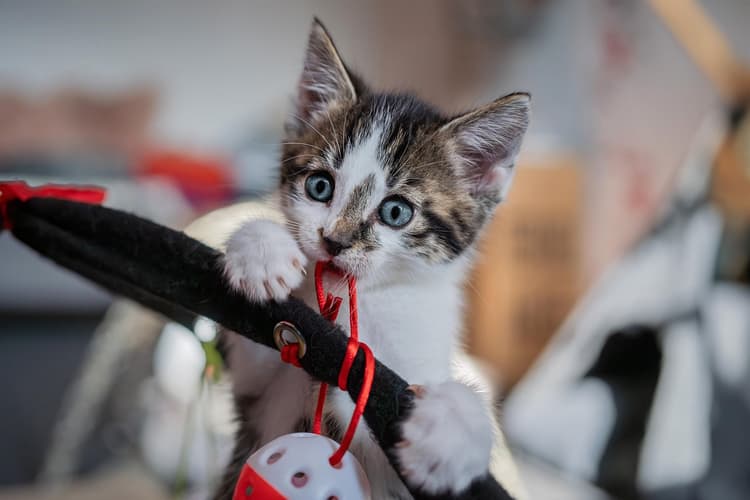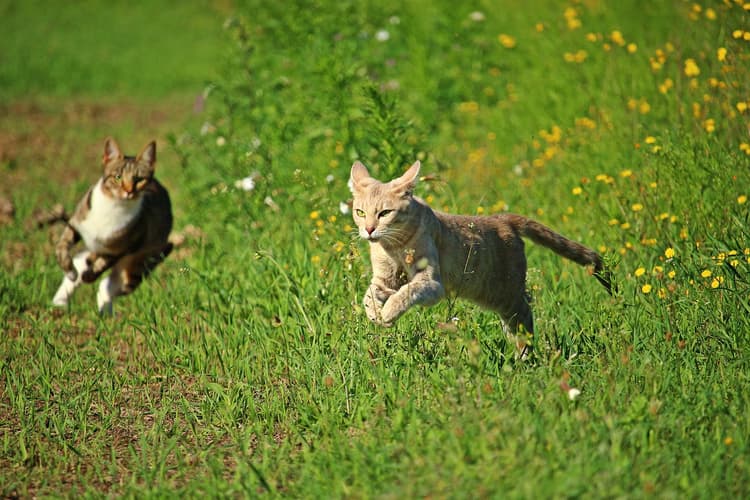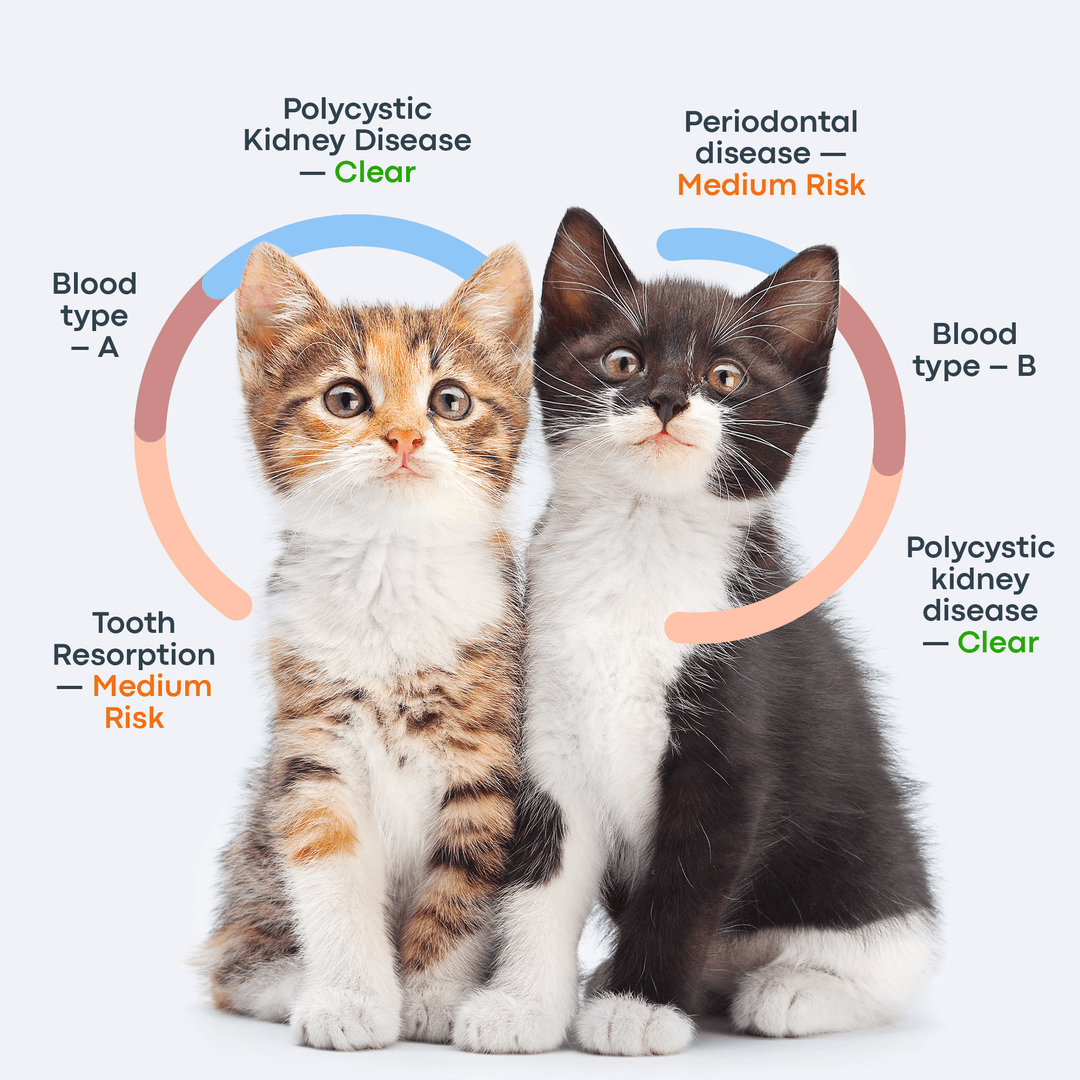Most cats give us the impression of being laid-back companions. We often see them curled up in sunny windowsills or sprawled across the couch like royalty, radiating an air of calm indifference. That’s why it can be so surprising when, without warning, they explode into action—darting across the room, leaping onto furniture, or sprinting down the hallway at astonishing speed. These sudden bursts of energy, often called the “zoomies,” can make even the most relaxed feline look like a miniature four-legged athlete.
So, how fast can cats run? An average house cat can reach speeds of up to 30 miles per hour (about 48 km/h) in short sprints. That’s faster than the average human sprinter and even quicker than many dog breeds. Their powerful hind legs, flexible spines, and sharp reflexes allow them to accelerate almost instantly, making them incredible hunters as well as entertaining companions. With such agility and speed packed into their compact bodies, it’s worth exploring not only how fast cats can run but also whether they could outrun us in a race—and what gives them this impressive athletic edge.

How Fast Can Cats Run?
Cats are far more agile and athletic than their laid-back demeanor suggests. Without any training, the average domestic cat can sprint at speeds of up to 30 miles per hour (about 48 km/h). To put that into perspective, the fastest human ever recorded, Usain Bolt, reached a top speed of 27.33 mph (44 km/h) during his world-record 100-meter sprint. If a cat maintained their top speed over that same distance, they could finish about two seconds faster than the fastest human alive.
Cats also outrun many dogs. While some breeds like Greyhounds or Whippets can exceed 40 mph, the average dog runs closer to 15–20 mph. This means your everyday house cat is quicker than most canine companions. Cats can even outpace larger animals at certain gaits—for example, a horse trotting at around 8 mph or a pig running at roughly 11 mph.
Ultimately, a cat’s speed depends on motivation. Most cats don’t tear around at top speed every day. Instead, they save their powerful bursts for specific moments: chasing prey, pouncing during play, or escaping from a threat. Their unique combination of explosive speed, flexible spines, springlike back legs, and sharp reflexes makes them remarkably effective hunters—and endlessly fascinating to watch in action.
How Fast Can a House Cat Run?
The fastest house cat speed is about 25 to 30 miles per hour (40–48 km/h). However, cats are built for sprinting, not endurance. Their speed comes in short, explosive bursts rather than long, sustained runs. That’s why you’ll often see your pet suddenly dash across the room, race up the stairs, or sprint in circles—only to flop down and rest moments later.
These sudden bursts of energy are commonly known as the “zoomies.” While they may look random, they’re actually tied to a cat’s natural instincts. Domestic cats are crepuscular, meaning they’re most active at dawn and dusk. This behavior comes from their wild ancestors, who preferred to hunt during low-light hours when prey was abundant and larger predators were less active.
In addition to hunting instincts, zoomies can also be triggered by pent-up energy, stress relief, or sheer excitement—especially in indoor cats who don’t get as much daily exercise. So the next time your cat tears through the house like a tiny rocket, remember: it’s not just play, it’s a reflection of their natural agility and survival-driven instincts.
Are Cats Faster Than Humans?

Yes—cats are generally faster than humans. The fastest man ever recorded, Olympic sprinter Usain Bolt, reached a top speed of 27 mph (43.5 km/h) in 2009. Impressive as that is, the average cat running speed is around 30 mph (48 km/h)—and they do it without years of training, specialized diets, or warm-ups. In other words, your cat could technically outrun the fastest human alive!
Human Vs. Cat Speed Comparison
Feature | Humans | Cats |
Top speed | ~27 mph (Usain Bolt’s world record) | ~30 mph (average domestic cat) |
Average speed | 15–22 mph for trained athletes (much lower for non-athletes) | 25–30 mph, reached instinctively with no training |
Training required | Years of conditioning, strict diet, and sprint training | None—cats run at top speed naturally when motivated (e.g., hunting, play) |
Stride mechanism | Long legs with limited spinal flexibility | Highly flexible spine that acts like a spring, lengthening their stride |
Running style | Plantigrade (running on the soles of the feet) | Digitigrade (running on their toes, like many fast predators) |
Endurance | Built for long-distance potential as well as sprints | Built only for short, explosive bursts of speed |
What Makes Cats So Fast?
Now that we’ve answered the question, “How fast can house cats run?” let’s explore why cats are built for speed. Domestic cats may look small and cozy when curled up on the couch, but their bodies are engineered for sudden, explosive movement. Several key physical features contribute to their impressive sprinting ability:
Powerful hind legs – A cat’s back legs act like springs, propelling them forward with explosive force. These strong muscles not only help with acceleration but also allow cats to leap several times their body length in a single bound.
Flexible spine – Unlike humans, cats have an extremely flexible spine that works like a coil. It compresses and stretches with each stride, lengthening their reach and enabling them to cover more ground at high speed.
Digitigrade movement – Cats run on their toes, a style known as digitigrade locomotion. This makes their steps lighter, quieter, and faster, while also giving them the ability to change direction almost instantly.
Streamlined body – Their lithe, slender, and aerodynamic body shape reduces drag, making every movement efficient. Combined with low body weight, this allows cats to move swiftly with minimal effort.
Retractable claws – When extended, their claws work like natural running spikes, digging into surfaces for better grip, traction, and agility—especially when making sharp turns or sudden stops.
Muscle force – Cats rely less on endurance and more on explosive strength. Their muscle fibers are designed for short bursts of incredible power, allowing them to go from complete rest to top speed in a split second.
Together, these adaptations make cats not only fast but also exceptionally agile hunters—able to stalk prey silently, accelerate instantly, and execute sharp turns mid-chase. It’s this unique combination of speed, stealth, and precision that has kept them successful predators for thousands of years.
Are Cats Faster Than Dogs?

The average dog can run at speeds of 15 to 25 miles per hour (24–40 km/h), depending on their size, build, and overall fitness. Certain breeds bred specifically for —such as German Shepherds, Whippets, and Greyhounds—can run much faster. In fact, Greyhounds are the fastest domestic dogs, capable of reaching an incredible 40–45 mph (64–72 km/h).
By comparison, cats may not quite match the top speeds of these specialized canine sprinters. However, their abilities are still extraordinary when you consider their smaller size and shorter legs. An average domestic cat, weighing only 8–12 pounds (3.5–5.5 kg), can still sprint at 30 mph (48 km/h)—a remarkable feat for such a compact animal.
While some dogs may win in pure top speed, cats excel in acceleration, agility, and maneuverability. They can go from a standstill to the cat top speed almost instantly and make sharp turns mid-sprint—skills perfectly suited to their evolution as stealthy ambush hunters. Instead of chasing prey over long distances like many dogs, cats rely on quick bursts of speed, precision, and surprise to secure a successful hunt.
Conclusion: Feline Athletes at Home
So, how fast can cats run? The answer is clear: cats are natural sprinters, capable of reaching speeds of up to 30 mph (48 km/h). This makes them faster than most humans and even quicker than many dogs. Their speed, combined with agility, explosive strength, and a body built for athletic movement, explains the sudden zoomies, dramatic leaps, and lightning-fast hunting skills we see in our feline companions.
The next time your cat dashes past you in a blur, remember—you’re sharing your home with a miniature athlete, perfectly designed for speed and agility. In their world, every playful sprint is a reminder of the wild instincts that make them both extraordinary hunters and endlessly entertaining pets.
Frequently Asked Questions
How fast can a kitten run?
Kittens can’t run as fast as adult cats because their muscles, coordination, and reflexes are still developing. While they’re playful and quick on their feet, their top speed is usually around 20–25 mph (32–40 km/h)—a little slower than a fully grown cat, but still impressively fast for their age and size.
How long will it take a cat to run 100m?
If a cat were to maintain its top speed of about 30 mph (48 km/h), it could cover 100 meters in roughly 11–12 seconds. Of course, cats rarely sprint in a straight line for that distance—they usually use their speed in short bursts, sharp turns, and leaps.
Can Usain Bolt outrun a domestic cat?
No. Even at his peak, Usain Bolt reached a top speed of about 27 mph (43.5 km/h), while a domestic cat can sprint up to 30 mph (48 km/h). This means that, in a short sprint, the average house cat could edge out the fastest human alive.

